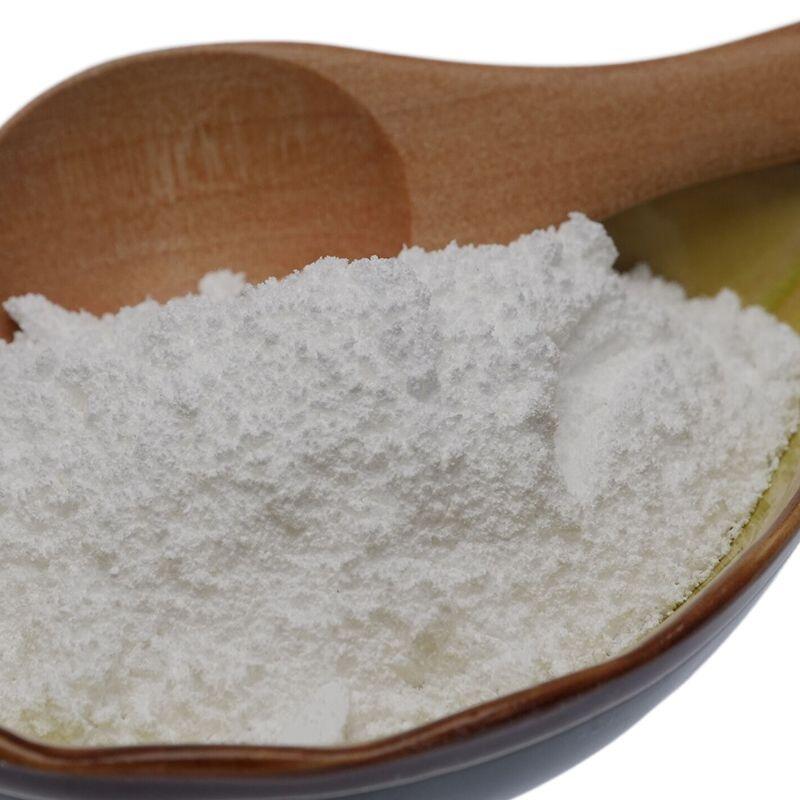-
Categories
-
Pharmaceutical Intermediates
-
Active Pharmaceutical Ingredients
-
Food Additives
- Industrial Coatings
- Agrochemicals
- Dyes and Pigments
- Surfactant
- Flavors and Fragrances
- Chemical Reagents
- Catalyst and Auxiliary
- Natural Products
- Inorganic Chemistry
-
Organic Chemistry
-
Biochemical Engineering
- Analytical Chemistry
-
Cosmetic Ingredient
- Water Treatment Chemical
-
Pharmaceutical Intermediates
Promotion
ECHEMI Mall
Wholesale
Weekly Price
Exhibition
News
-
Trade Service
N,N-Dimethyl 3-nitrobenzenesulfonamide, commonly referred to as DMDNS, is a commonly used reagent in a variety of synthetic routes in the chemical industry.
This compound is a versatile building block for the synthesis of a wide range of chemicals and materials, which makes it an important reagent in organic chemistry.
One of the most common synthetic routes for DMDNS involves the reaction of nitrobenzene with dimethyl sulfide and sodium hydroxide.
In this reaction, nitrobenzene is first treated with sodium hydroxide to form the corresponding sodium nitrate, which is then reacted with dimethyl sulfide to form DMDNS.
This reaction is exothermic and requires careful handling, as nitrobenzene is a known hazardous material.
Another synthetic route involves the reaction of dimethyl sulfide with 3-nitrobenzene in the presence of a Lewis acid catalyst, such as aluminum chloride.
This reaction is carried out at a lower temperature than the previous route and produces DMDNS in high yield.
Once DMDNS has been synthesized, it can be converted into a wide range of chemicals and materials through various chemical reactions.
For example, it can be reduced to form N-methyl pyrrole, which is used as a building block for the synthesis of pharmaceuticals and other chemicals.
It can also be nitrated to form N-methyl 3-nitropropionamide, which is used as a versatile building block for the synthesis of a wide range of nitrogen-containing compounds.
DMDNS can also be used as a versatile building block for the synthesis of polymers and other materials.
For example, it can be reacted with polyfunctional compounds, such as glycidyl methacrylate, to form copolymers that have a wide range of applications in various industries.
It can also be reacted with isocyanates to form urethane polymers, which are used in a wide range of applications, including coatings, adhesives, and foams.
Overall, N,N-Dimethyl 3-nitrobenzenesulfonamide is an important reagent in the chemical industry due to its versatility as a building block for the synthesis of a wide range of chemicals and materials.
Its synthetic routes include the reaction of nitrobenzene with dimethyl sulfide and sodium hydroxide, as well as the reaction of dimethyl sulfide with 3-nitrobenzene in the presence of a Lewis acid catalyst.
Once synthesized, DMDNS can be converted into a wide range of compounds and materials through various chemical reactions, making it a versatile building block for a variety of applications in the chemical industry.







